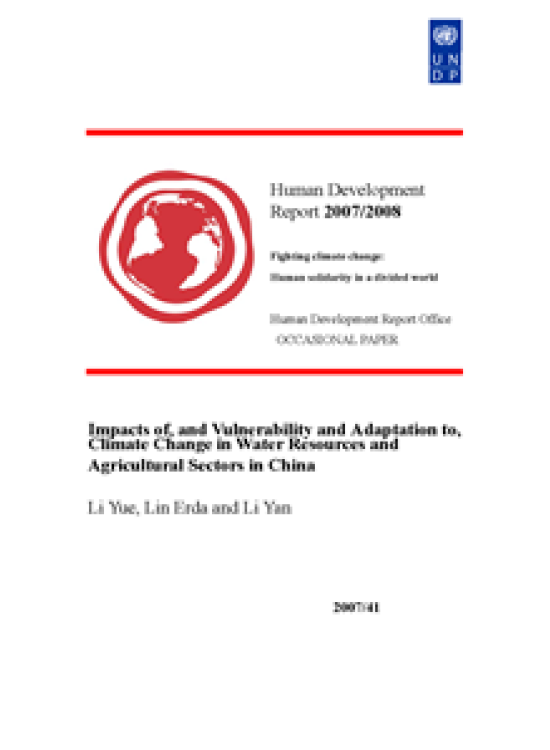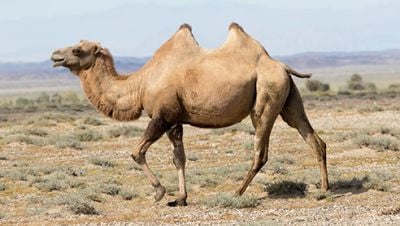Impacts of, and Vulnerability and Adaptation to, Climate Change in Water Resources and Agricultural Sectors in China

Download Report by Language
Document
yuelilinerdaandliyan.pdf
(431.09 KB)
Citation
Yue, Li, Erda, Lin, Yan, Li. 2008. Impacts of, and Vulnerability and Adaptation to, Climate Change in Water Resources and Agricultural Sectors in China. New York.
Impacts of, and Vulnerability and Adaptation to, Climate Change in Water Resources and Agricultural Sectors in China
Posted on: January 01, 2008
In the past three decades or so, China’s agricultural production has enjoyed a rapid growth, with the output of grain, cotton, meat, poultry, egg, and fruit ranking first place in the world. Total agriculture GDP was increased from 101.8 billion Yuan RMB in 1978 to 2076.8 billion Yuan RMB in 2004, while the proportion of agricultural GDP decreased over time (Figure 1). There several reasons for the increase of grain production. One is the increase of effectively irrigated cropland; one is the increase of fertilizer application (Figure 2). With the increase of grain yield, per capita grain sold by rural households increased from 123.5 kg in 1985 to 287.3 kg in 2004. Per capita grain consumption decreased from 247.8 kg to 218.3 kg during the period of 1978 to 2004 mainly because of the increase of meat and eggs (Department of Rural Survey, National Bureau of Statistics. 2005a). Population lived in rural area was 790.14 million (82.1%) in 1978 and 757.05 million (58.2%) in 2004 (Department of Rural Survey, National Bureau of Statistics, 2005b). Rural residents’ life has been noticeably improved. In 2004, per capita income in the rural areas, adjusted for inflation, reached 2936.4 Yuan RMB, with a 5.9-fold increase compared with 1978.

